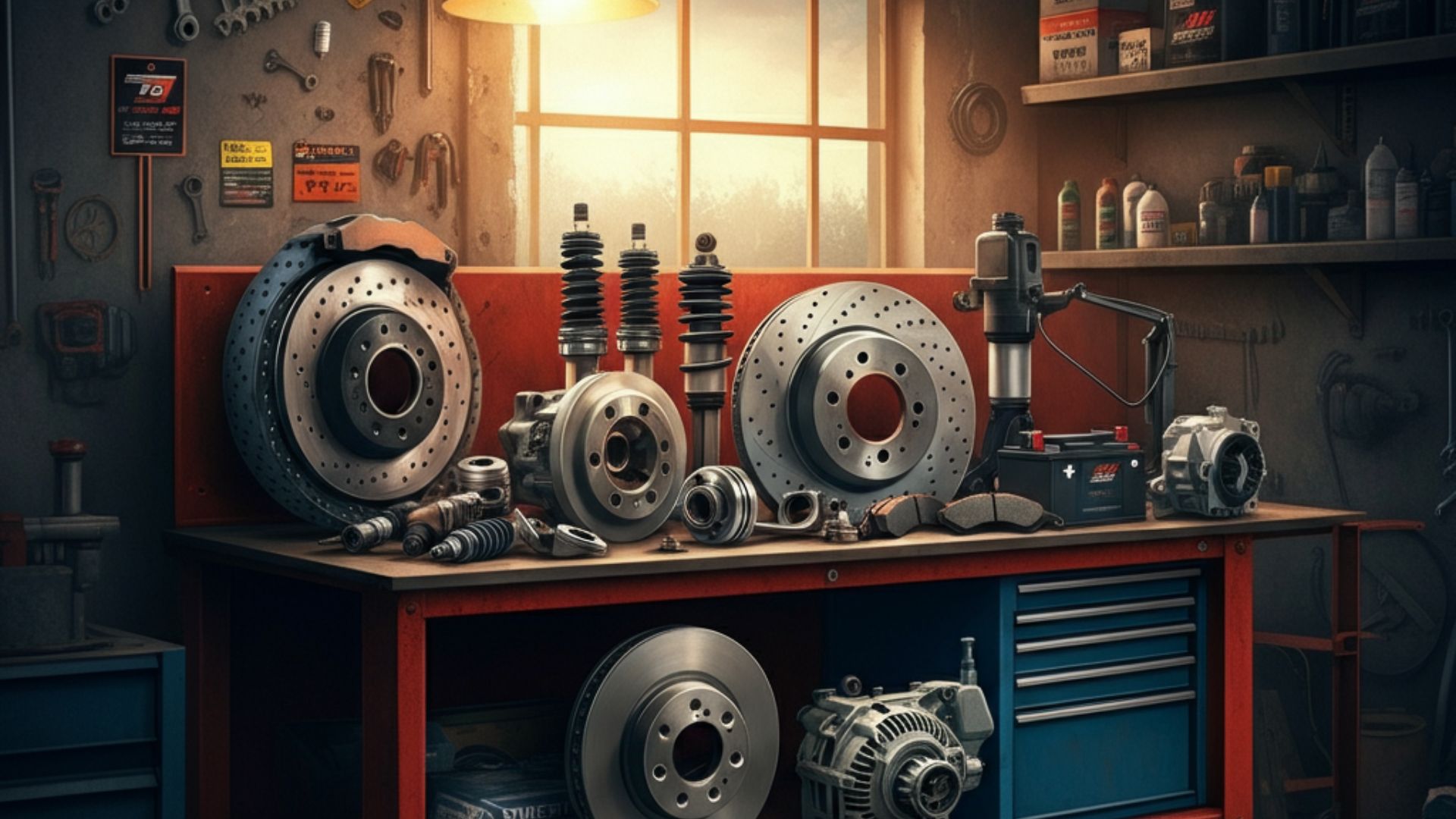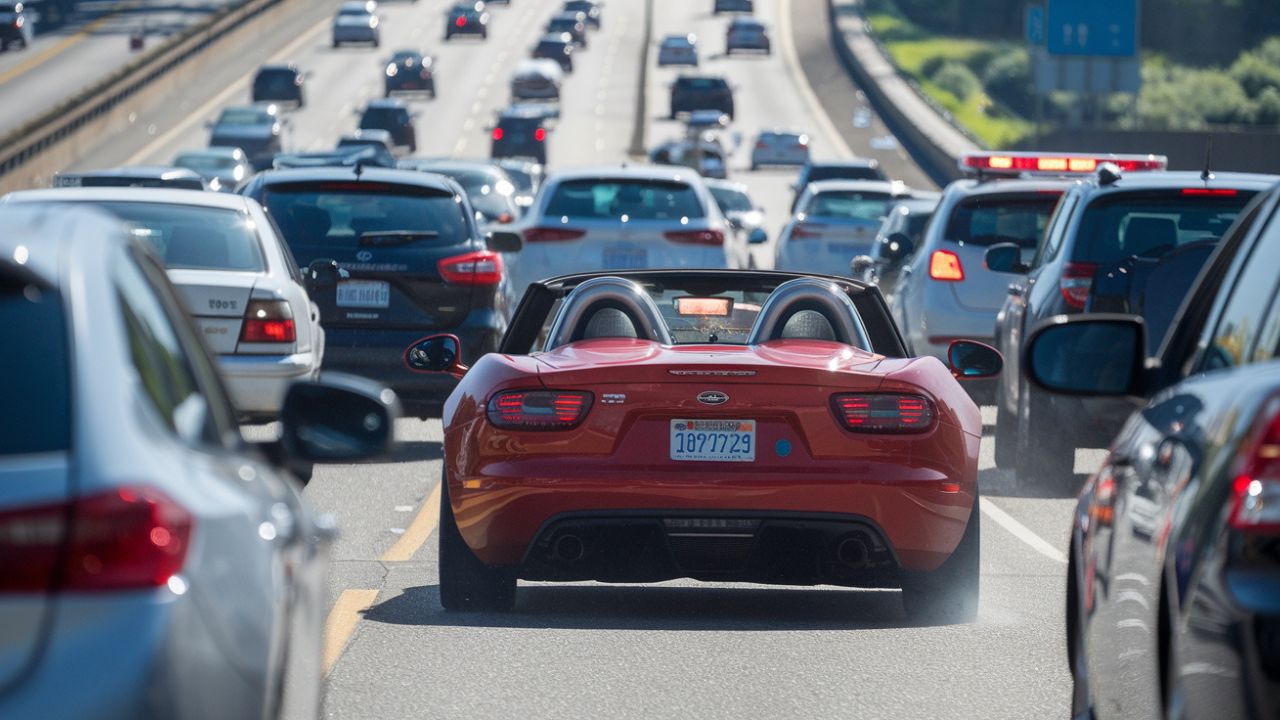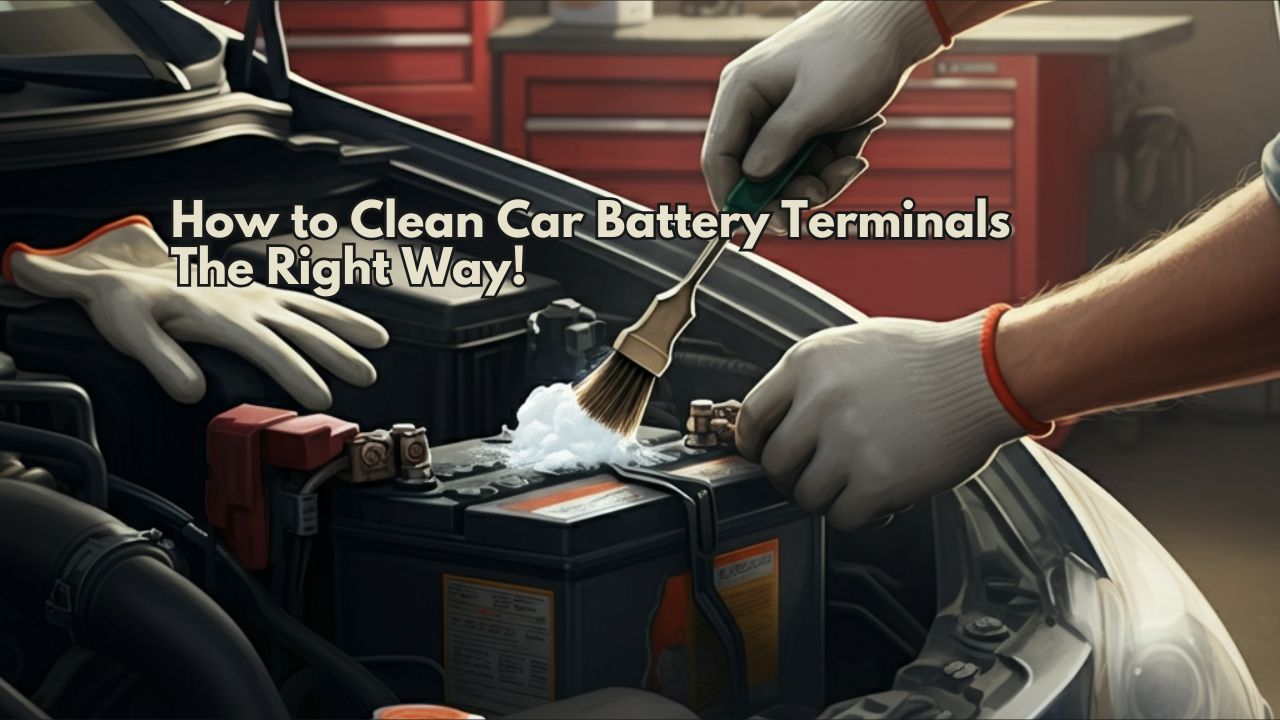Car repairs due to Common Car Problems can significantly drain your wallet. From air filters to headlights, mechanics often charge hefty fees for services that can take you just minutes to complete at home. What if you could save hundreds annually by tackling these fixes yourself?
This guide is here to show you how. Whether you’re a seasoned DIY enthusiast or a car owner looking to cut repair costs, we’ll walk you through the Common Car Problems mechanics tend to overcharge for, explain how you can take control of your car maintenance, and demonstrate the potential savings.
Common Overcharged Problems You Can Fix Yourself
Here’s a look at the most common repairs mechanics routinely overcharge for and how easy they are to handle independently.
Air Filter Replacement
A mechanic might charge you between $30 and $75 to replace your car’s air filter, but the filter costs just $10–$20 at your local auto parts store. Even better, this fix requires minimal effort and no specialized tools.
Replacing your air filter ensures your engine can “breathe” properly, improving fuel efficiency and overall performance. Most vehicles require this change every 12,000 to 15,000 miles or once a year.
Time: 5–10 minutes
Difficulty: Easy
Windshield Wiper Replacement
Windshield wiper replacement is another overpriced service. Mechanics may charge $40–$60, while replacement blades cost just $10–$25 per set.
Proper wipers are essential for safety and visibility during bad weather. Replacing them yourself is straightforward and can be done in less than five minutes.
Time: 5 minutes
Difficulty: Very Easy
Headlight and Taillight Replacement
Burnt-out headlights or taillights could set you back $100+ at a repair shop by the time labor fees are factored in. The bulbs themselves? Around $15–$30.
Most modern vehicles make it relatively simple to access and replace bulbs. Checking your vehicle’s manual will show you exactly how to do it.
Time: 15–30 minutes
Difficulty: Moderate
Battery Replacement
Need to change your car’s battery? A mechanic might charge anywhere from $100 to $200, plus labor. However, you can buy a high-quality car battery for about $50–$90 and replace it yourself.
This task requires effort and care, but it’s an excellent way to save time: 20–30 minutes.
Difficulty: Moderate/Difficult
Tools and Safety for DIY Car Repair (Common Car Problems)
Before tackling these fixes, gather the right tools and ensure safety is your priority.
Tools You’ll Need
- Socket set or wrench
- Pliers
- Screwdrivers (flathead and Phillips)
- Gloves (for grip and protection)
- Car jack and jack stands (if required for access)
- Owner’s manual (to locate components and replacement methods)
Safety Precautions
- Always turn the engine off before starting a repair.
- Use your parking brake to prevent vehicle movement.
- If working with battery terminals, wear insulated gloves to avoid electrical shorts.
- Never work underneath a car without a secure jack stands in place.
Step-by-Step Guides for DIY Repairs
Now that you know what needs fixing and have the necessary tools, follow these easy steps.
1. Air Filter Replacement
- Open your car’s hood and locate the air filter housing (usually marked in the owner’s manual).
- Unclip or unscrew the cover to access the air filter.
- Remove the old filter and note its orientation.
- Insert the new filter in the same position and secure the cover back.
Estimated Savings: $20–$50
2. Windshield Wiper Replacement
- Pull the wiper arm away from the windshield.
- Press the tab or lever securing the blade and slide it off the fitting.
- Align the new blade with the fitting and click it securely into place.
Estimated Savings: $30–$50
3. Headlight/Taillight Replacement
- Check your manual to locate the bulb housing.
- Remove the housing cover by twisting or unclipping it.
- Disconnect the old bulb by twisting it out (use gloves to avoid touching bulbs directly).
- Insert the new bulb, reattach the cover, and test to ensure proper function.
Estimated Savings: $50–$100
4. Car Battery Replacement
- Turn off the engine and pop the hood.
- Use a wrench to disconnect the negative cable first, then the positive cable.
- Carefully remove the battery (it can be heavy).
- Please insert the new battery, reconnect the wires (positive first, then negative), and make sure they are secure.
Estimated Savings: $50–$100+
DIY vs. Mechanic Costs
To show how impactful DIY repairs can be for your budget, here’s a comparison of typical mechanic prices versus DIY costs for these four repairs.
| Repair | Mechanic Cost | DIY Cost | Savings |
|---|---|---|---|
| Air Filter Replacement | $30–$75 | $10–$20 | $20–$55 |
| Windshield Wiper Blades | $40–$60 | $10–$25 | $30–$50 |
| Headlight/Taillight | $100+ | $15–$30 | $50–$85+ |
| Battery Replacement | $100–$200+ | $50–$90 | $50–$100+ |
By handling these common fixes yourself, you could save up to $300 annually while gaining confidence in managing basic car maintenance!
Empower Yourself to Take Control
There’s no doubt that DIY car repair saves money and time. You can handle several common fixes independently with a few tools, basic instructions, and a little confidence. Not only will you enjoy a sense of accomplishment, but you’ll also save hundreds in auto repair costs each year.
Start small with more straightforward tasks like replacing your air filter or windshield wipers. From there, you can tackle more advanced projects (like a battery or headlight replacement) when you’re ready.
For those looking to dive even deeper into DIY car maintenance, websites like AutoZone’s DIY Repair Hub offer step-by-step guides, troubleshooting tips, and expert advice to help you along the way.
Take control of your car maintenance today and enjoy the benefits of reduced costs, increased independence, and peace of mind, knowing you’re equipped to handle the basics independently.
FAQs
Q1. What are some common DIY car maintenance tasks?
Ans. Everyday DIY tasks include replacing air filters, changing windshield wipers, checking tire pressure, replacing headlights, and changing engine oil.
Q2. Do I need professional tools to start DIY car maintenance?
Ans. Basic tasks require only standard tools like a wrench set, screwdrivers, and pliers.
Q3. How often should I check my tire pressure?
Ans. You should check your tire pressure at least once a month and before long trips.
Q4. Can I replace my windshield wipers?
Ans. Yes, replacing windshield wipers is straightforward and typically involves following the instructions provided by the wiper manufacturer.
Q5. Is it safe for beginners to replace a car battery?
Ans. Yes, with proper precautions like wearing gloves and ensuring the car is off, replacing a car battery is safe and doable for beginners.
Q6. What are the signs of a dirty air filter?
Ans. Reduced fuel efficiency, sluggish engine performance, and black exhaust smoke can indicate a dirty air filter.
Q7. How do I know when my headlights need replacement?
Ans. Dim, flickering, or completely inoperative headlights signal it’s time for a replacement.
Q8. Can changing my oil at home damage my car?
Ans. If done incorrectly, use the correct oil type and quantity, and dispose of old oil responsibly.
Q9. Are there tasks I shouldn’t try as a beginner?
Ans. Repairs involving the braking system, transmission, or engine internals are complex and best left to professionals.
Q10. Where can I find instructions for DIY repairs?
Ans. Repair instructions are available in your car’s owner manual, online videos, and automotive forums.
Q11. How often should I replace my air filter?
Ans. Most air filters should be replaced every 12,000 to 15,000 miles, but check your owner’s manual for specifics.
Q12. What are the benefits of DIY car maintenance?
Ans. The benefits include cost savings, learning new skills, increased independence, and better car performance.
Q13. Is it difficult to check my engine oil level?
Ans. No, it’s easy—you must pull out the dipstick, wipe it, reinsert it, and check the oil level markings.
Q14. How can I safely dispose of used oil?
Ans. Used oil should be taken to a local recycling center or an automotive shop that accepts it for proper disposal.
Q15. Can learning DIY car maintenance improve my car’s lifespan?
Ans. Absolutely! Regularly maintaining your vehicle ensures optimal performance and helps prevent costly repairs in the future.
You may read this: Smart Cars vs. Crazy Chases: Rewriting America’s Infamous Escapes
















1 thought on “Save Big with DIY Fixes for Common Car Problems ”